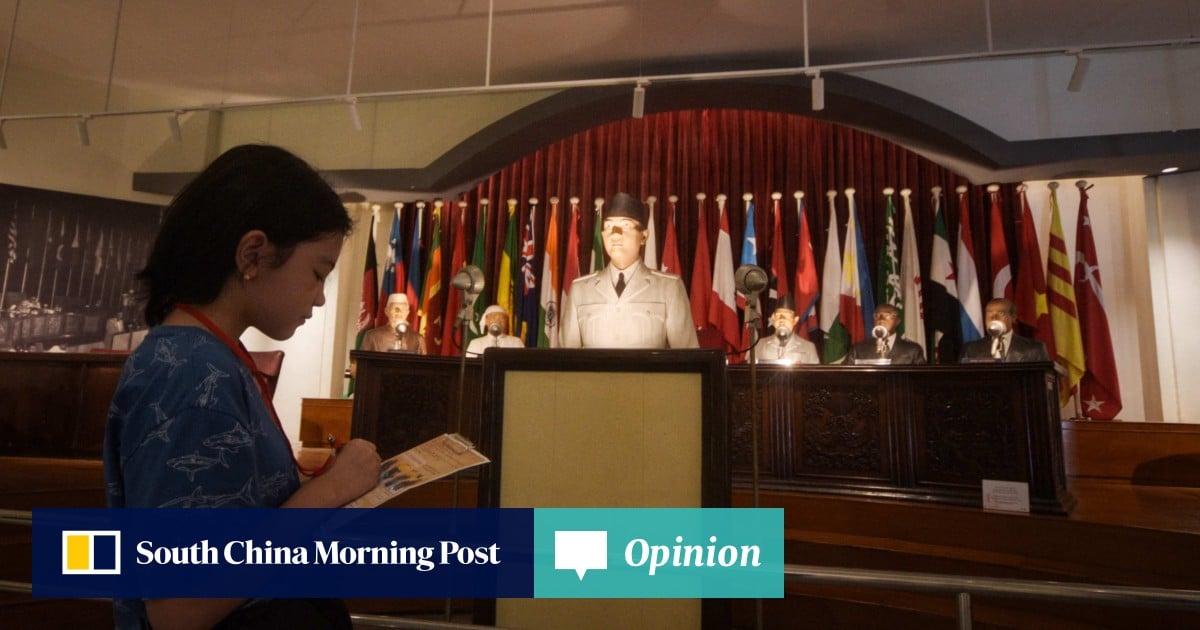
As the world comes to terms with the United States’ imposition of trade tariffs, the anniversary of the Bandung Conference offers a timely reminder of how, at the height of the Cold War, a group of like-minded countries came together to build solidarity and push for a fairer system of international relations.
Advertisement
From April 18 to 24, 1955, Indonesia’s first president, Sukarno, welcomed 28 leaders from Asian and African countries to Bandung on the island of Java. The conference is today seen as a watershed moment for the Global South as most of the participating countries were either freshly independent or in the final stages of decolonisation.
In the final communique of the conference, a radical vision of international relations was laid out. Along with a desire to foster greater economic, cultural and political cooperation between Asia and Africa, it called for an equitable international system underpinned by the United Nations, one in which decolonisation was respected and the bipolarisation of the Cold War era rejected.
Consequently, the United States worked hard to undermine the conference, pressuring countries with which it had significant asymmetrical relationships – Japan, Turkey, South Vietnam, Lebanon, the Philippines and Thailand – on what to say and how to behave.
Advertisement

